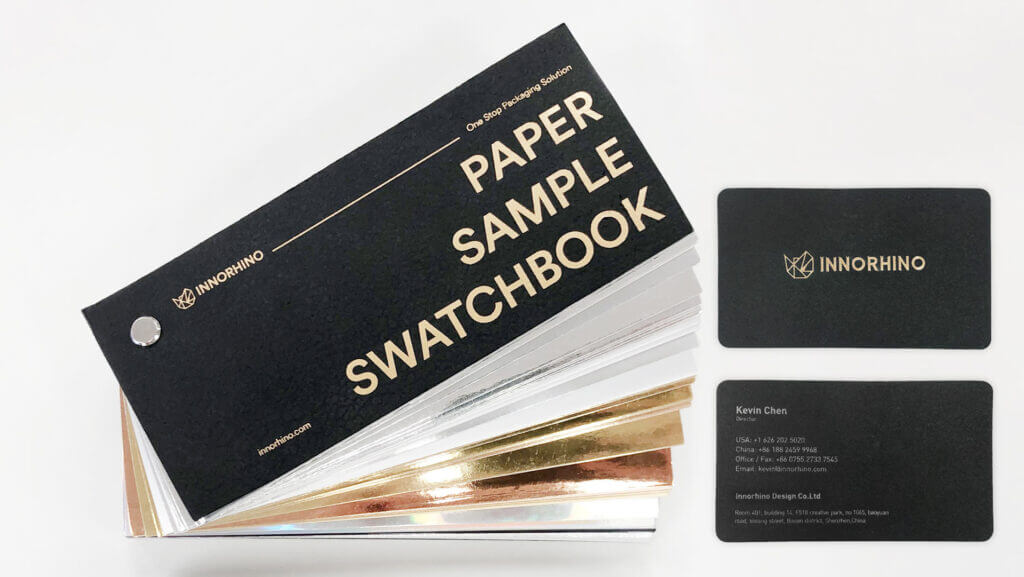With increased public awareness around environmental issues and climate change, the plastic problem has garnered much attention from environmentalists and regular consumers alike, especially in recent years. In the wake of urgent climate action, many brands have transitioned from using harmful, non-recyclable plastics to more sustainable alternatives, such as biodegradable or bioplastic packaging for their products. From the consumers’ perspective, a company’s commitment to sustainable practices is becoming an important part of its buying decision.
So what is bioplastic? How is it a sustainable alternative to conventional plastics? And what are the benefits of opting for biodegradable plastics? In this blog post, we’ll dive into the two types of plastics and their characteristics, and analyze their differences.
Table of Contents
ToggleConventional plastics
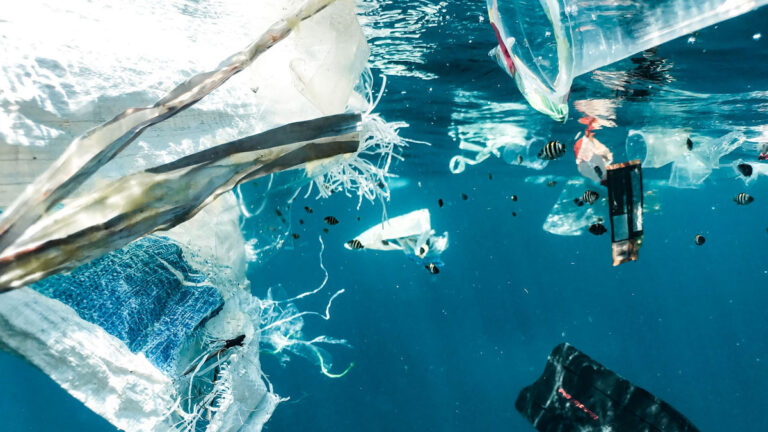
Every year, over 200 million tons of plastics are consumed worldwide, and we’re no strangers to where these used plastics go: landfills and oceans. However, the plastic problem goes beyond a landfill problem or ocean pollution—it’s deeply intertwined with carbon emissions and air pollution too.
Derived from carbon-emitting fossil fuels like petroleum or natural gas, conventional plastics like fossil-fuel plastics—also known as petroleum-based polymers—contribute to many environmental issues and cause health hazards. From harmful substances like phthalates emitted throughout the production process, to the contamination of used plastics, the negative consequences are multifold.
Given the aforementioned concerns, turning to sustainable packaging materials like bioplastics can alleviate the plastic problem and help reduce our carbon footprint.
Bioplastics: the greener alternative
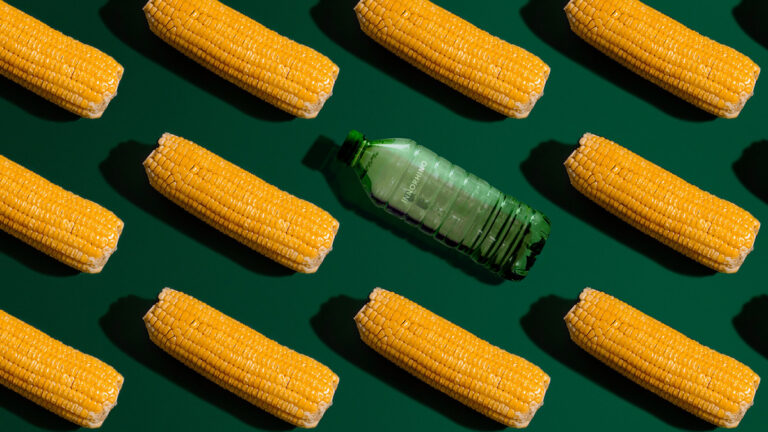
There are different types of bioplastics. They are usually derived from sugar derivatives like cellulose, lactic acid and starch. A type of bioplastics is created from a bio-based material called polylactic acid (PLA), derived mainly from corn. Unlike its conventional, non-recyclable counterpart, PLA bioplastics are biodegradable and made from renewable plant sources.
The overall benefits of sustainable bioplastic packaging
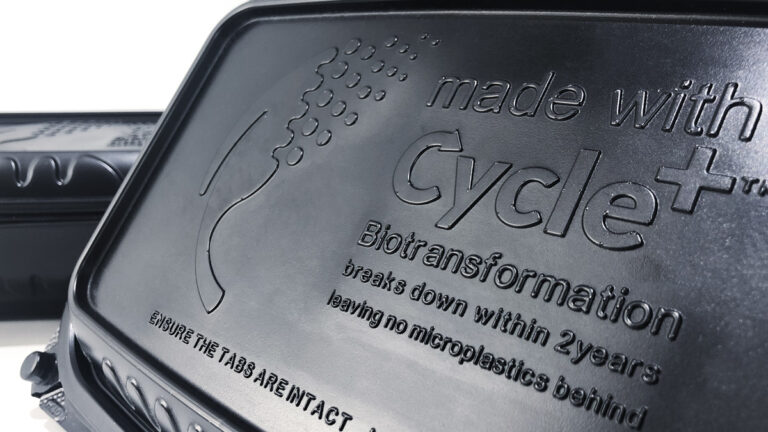
▶︎ Gentler on the environment
The manufacturing processes of bioplastics emit far less greenhouse gases and use less nonrenewable energy compared to conventional plastics. And since the materials are derived from plants, they are compostable by industrial compost facilities. Additionally, plants are a renewable resource, unlike finite fossil fuels.
▶︎ Consumers value sustainability
Given the growing environmental awareness and the acknowledgment of climate change, the public care about brands that are committed to climate action and take sustainability seriously. And that starts with establishing sustainability as a value and incorporating green options in every stage of production, from packaging to shipping.
▶︎ Safer for food packaging
Materials like PLA, EVOH, or other types of bioplastics are plant-based and therefore nontoxic. When in contact with food, chemical reactions are unlikely to occur. This makes bioplastics a superior material for food-related packagings, such as takeout boxes.
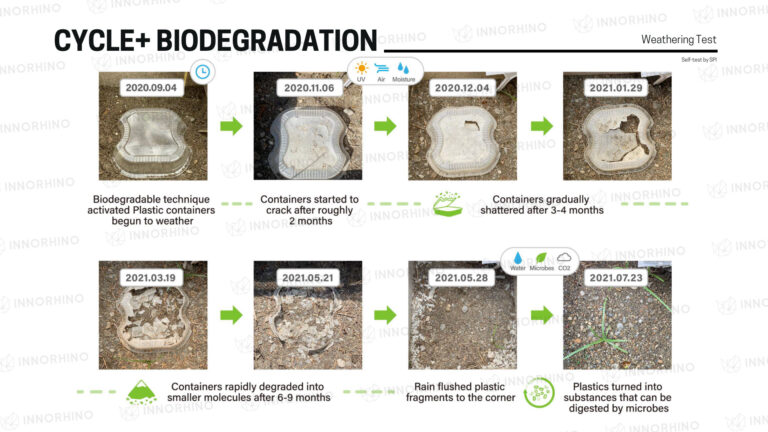
Partnering with the packaging supplier who cares about sustainability
If you’re looking for sustainable or bioplastic packaging options for your food products, feel free to browse our catalog of bioplastics varieties. You can also contact our packaging specialist for the latest information. At INNORHINO, our team of packaging specialists is here to help you bring your sustainable packaging ideas to life. Interested in collaborating? Connect with our representative today at inquiry@innorhino.com!
This article is written by: Leonni Antono – BBP
Image source: INNORHINO, Unsplash, Pexels
—
#biodegradable #bioplastics #ecofriendly #PLA #cycle+ #sustainability #sustainablepackaging
Check other posts for more packaging ideas, inspirations, and insights! ![]()







